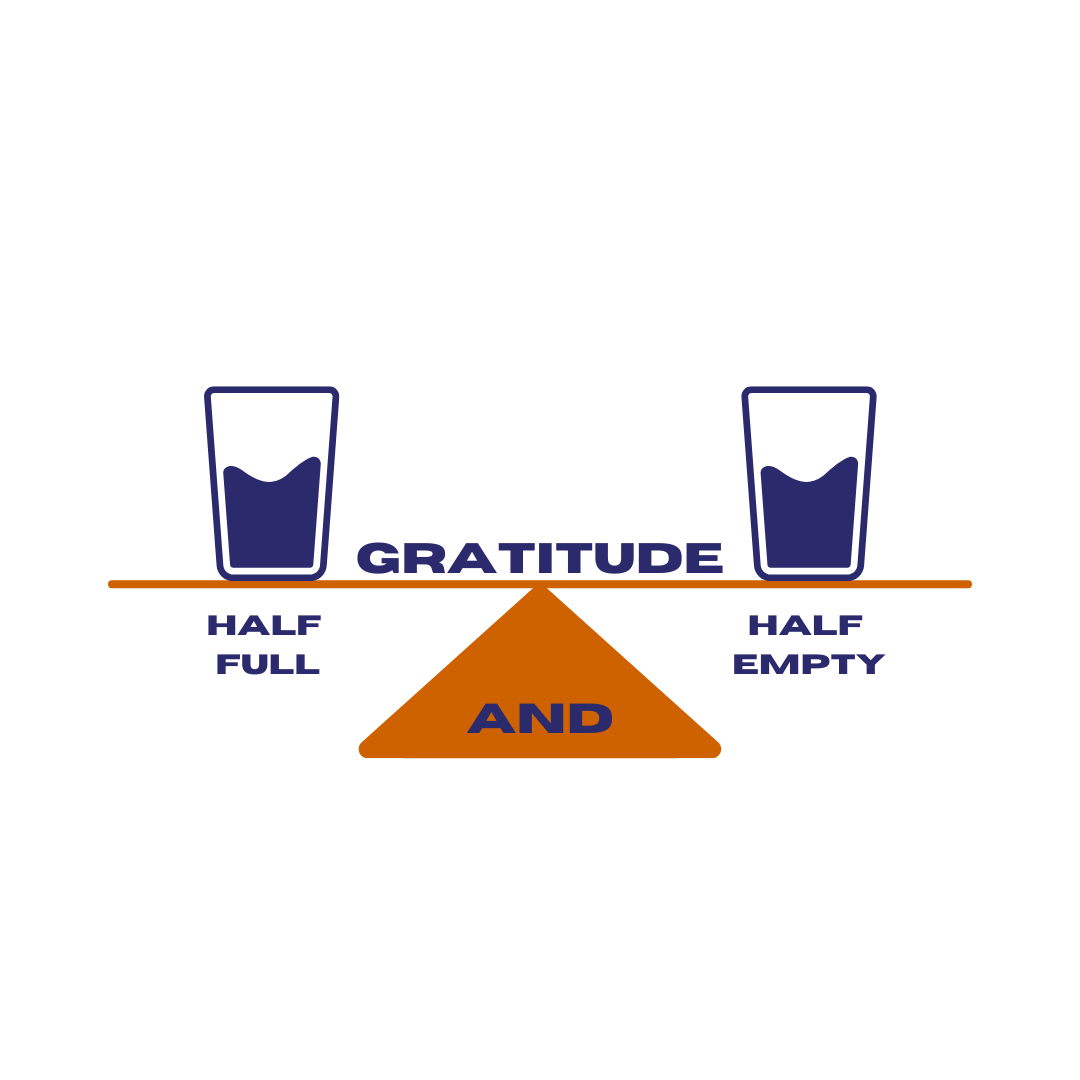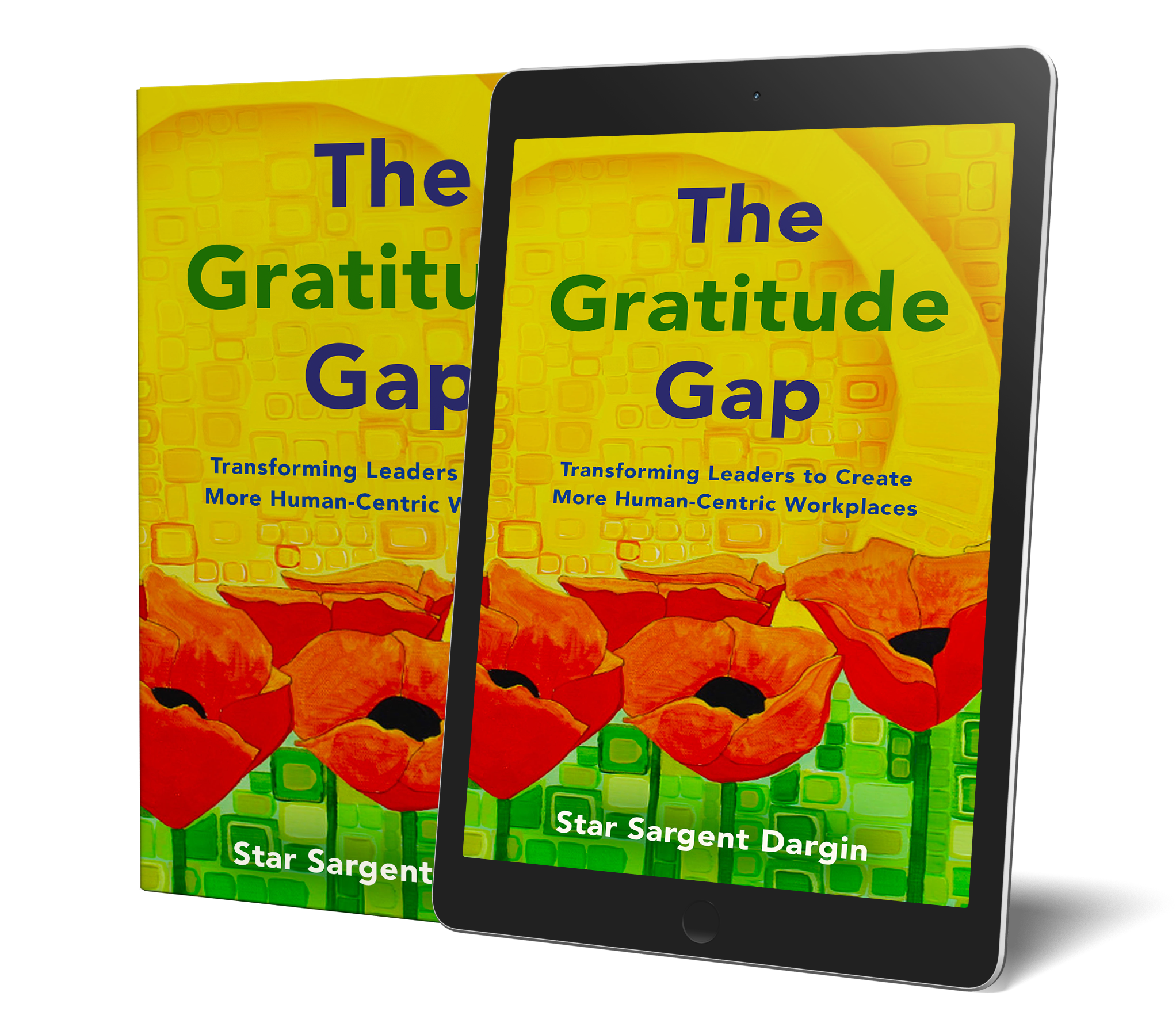 I’ve known Maria for over twenty years, and it surprised me when she told me how she started her gratitude practice. She is an accomplished executive coach, trained as an interfaith minister. She is fiercely independent, smart, and my friend. She doesn’t generalize and aims to do things consciously. After all, it is the right thing to do.
I’ve known Maria for over twenty years, and it surprised me when she told me how she started her gratitude practice. She is an accomplished executive coach, trained as an interfaith minister. She is fiercely independent, smart, and my friend. She doesn’t generalize and aims to do things consciously. After all, it is the right thing to do.
Maria told me the following during our interview:
Gratitude is always present. It’s not something I have to do; it’s like brushing my teeth. I’ve cultivated gratitude for over thirty years. The challenge is to think about gratitude and remember to practice it. It’s something one needs to do repeatedly. If you ask anyone on the street whether they have a gratitude practice, most people will say no or not understand the question.
Over thirty years ago, she met Oprah in person. Oprah told the audience at Simmons College that if they wanted to improve their lives, they must adopt an attitude of gratitude. Maria took that invitation to heart and began a gratitude practice with her husband by sharing five things they were grateful for while having dinner. It dramatically shifted their outlook on life by changing from frequently complaining about the workday to appreciating the many things present in their life and work.
Maria was raised and influenced by the glass half-empty attitude of her German heritage, a “realistic” way of looking at things. Gratitude can serve as an antidote to a negativity bias. Over the years, gratitude has become a core part of her self-regulation practice.
“You pay attention to things differently when gratitude is the focus,” she noted. Maria is now much more balanced because she looks for the glass half-full more often. The glass can be both half-full and half-empty, and we can see both sides clearly from a point of gratitude. This view is more open, holistic, and closer to reality. Embracing and welcoming opposites is a practice and model she’s refined and uses in her life and work.
Maria defines gratitude as anything you feel blessed or thankful for. When she feels blue or discouraged, she uses gratitude and the power of AND to balance herself.
Her gratitude practice has been fine-tuned over the years. Now, gratitude is part of every aspect of Maria’s day. Every year, she sits down, usually on her birthday, and writes down everything she is grateful for, using eight areas of her life. On their anniversary, she and her husband share their list of what they’re grateful for. Throughout the year, she lists one hundred things she’s grateful for. Maria also keeps a notebook beside her bed to write down something she has never been grateful for yet; this keeps her tuning into what is present around her more attentively. She learned this practice from her brother, David Steindl-Rast, who practices it at 95 years of age. Maria is always looking for new ways to incorporate gratitude. Recently, she added that she was thinking about what she was grateful for while doing planks.
Maria weaves gratitude-based exercises into her executive coaching and facilitator work. Gratitude becomes part of the conversation. She will ask clients if they have a gratitude practice; if not, she’ll suggest one. What gratitude does is give them a realistic and holistic way of looking at themselves, their teams, and the company from all perspectives.
She knows she can always access gratitude. It wasn’t until Maria went on a sanctuary meditation retreat and felt the bliss of gratitude in her whole body that she realized gratitude was always in her. She now knows how to access the physical bliss of gratitude anytime.
She says there are two challenges as to why only some embrace gratitude: forgetting and needing to learn how. Gratitude is something you do over and over. It’s part of her spiritual center. It’s like working out and going to church; it’s who you are, what you do, and what you cultivate in your community.
If everybody could experience gratitude, they would get it and find a way to make a regular practice. They would invest time and come back to gratitude, over and over.
They would practice until gratitude was part of their lives. That is why Maria is one of my dearest friends and work colleagues. I believe, like Maria, that if everyone experienced and approached life and business from the point of gratitude, the world would be more balanced and more sane.
Take Aways
- Gratitude is a daily learned habit, like brushing your teeth.
- Gratitude is the antidote to negativity bias.
- AND creates balance; use AND to add gratitude.
- Weave gratitude into everything, professional and personal.
- Gratitude is a practice that changes over time. Her practices over the years:
- At dinner, say five things you are thankful for.
- Being thankful while doing exercise planks.
- Keep a list of 100 things you are grateful for and share it with someone annually.
“If you want to do one thing to change your life for the better – adopt an attitude of gratitude.” ~ Oprah
Resource: Br. David Steindl-Rast – Grateful.org
When and what started your shift to gratitude?

